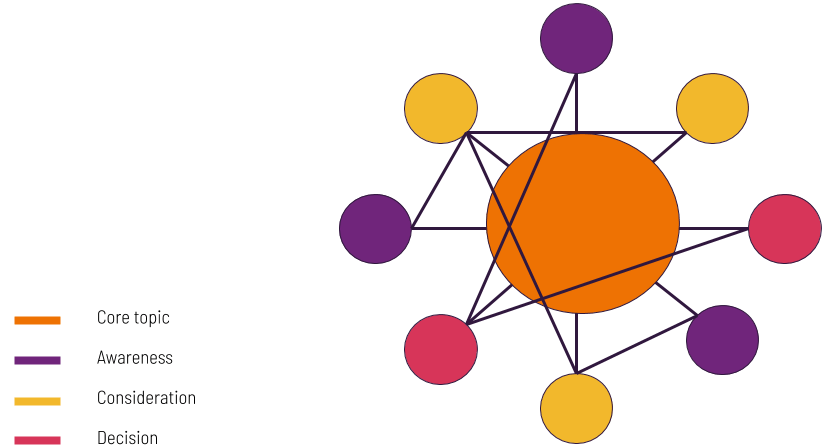Australia’s leading growth marketer Anna Cheng joins the Forward Thinking podcast to share how she grew Spaceship to $100m in funds under management in 4 months using growth marketing.
We cover a wide range of marketing topics including activation, onboarding, and her use of pirate metrics.
Anna also deconstructs exactly how she built a pre-launch viral waitlist that resulted in 40,000 contacts.
For any business owner who is looking to take their growth marketing strategy to the next level, this episode is a must-listen.
What you will learn

- The difference between growth marketing and growth hacking
- Pirate Metrics – The AARRR Framework (acquisition, activation, retention, referral, revenue)
- A 25% increase in your activation metric will lead to a 48% increase in your annual recurring revenue.
- How to improve activation
- How to improve your user onboarding
- Develop customer personas
- Why analyzing competitors can save you time and money
- How Anna grew Spaceship to $100m from being employee number 3
- Why it’s important to phone new customers and get their feedback
- Using waitlists to get 40k people on the prelaunch list
- Don’t try to scale when you’re not ready to scale
Resources mentioned in this episode

Book Recommendation
Traction by Gabriel Weinberg The Lean Startup by Eric Ries Predictably Irrational by Dan ArielyWhat business you would build on Mars?

Get in touch with Anna
Anna on LinkedIn Anna on TwitterTranscript










